Coin vs Token: What’s the Difference in Crypto?
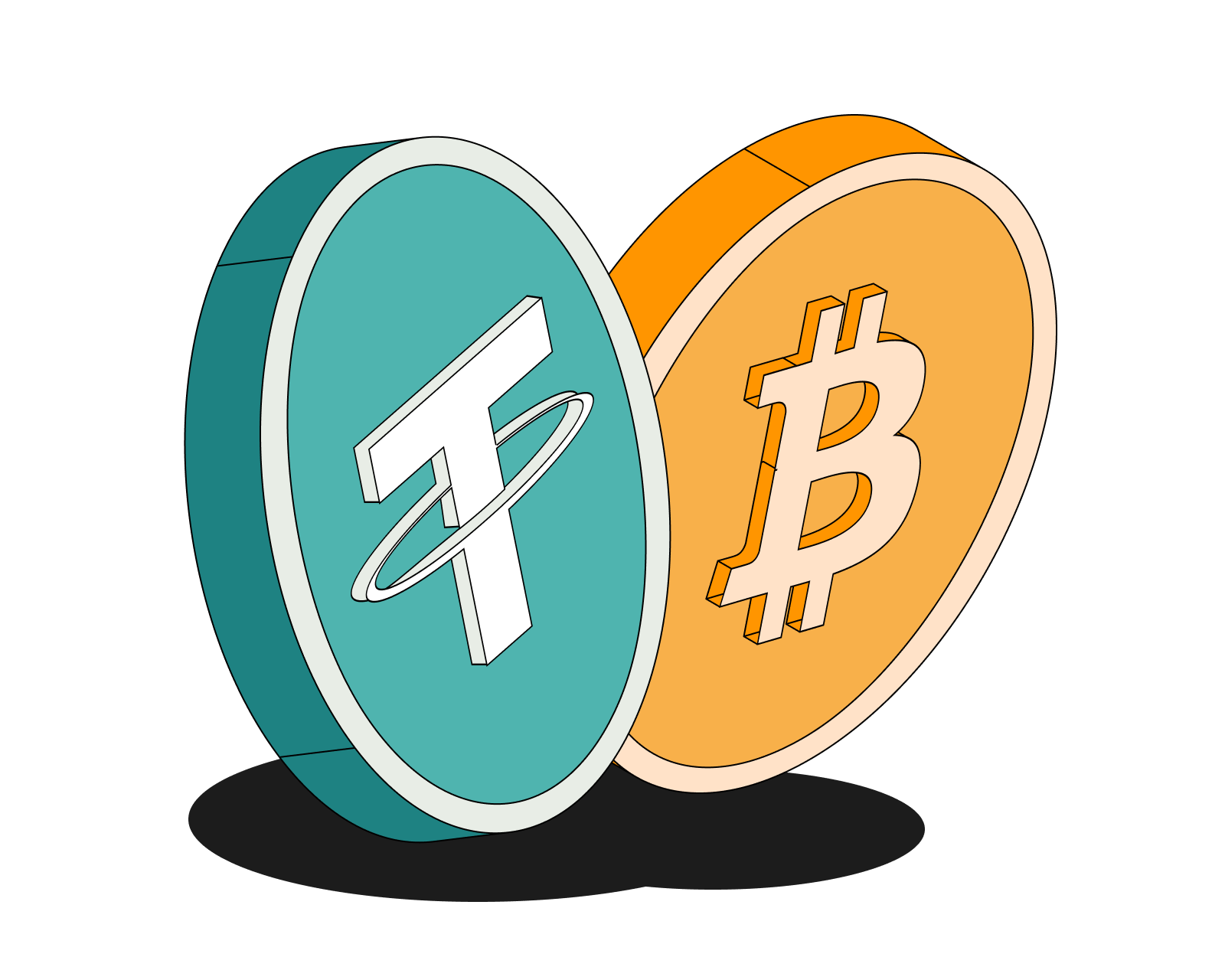
Table of Contents
Coin vs Token: What’s the Difference in Crypto?
A coin is a cryptocurrency that runs on its own blockchain, while a token is a digital asset built on top of another blockchain.
Coins and tokens form the backbone of the crypto ecosystem, but they serve distinct roles. For investors, developers, and regulators, knowing the difference is crucial. In 2025, this distinction is more relevant than ever, as Layer 2 networks, cross-chain protocols, and evolving regulations reshape the digital asset landscape.
If you’re just getting started, see A Quick Introduction to Crypto and What are Altcoins?.
Overview
Although people often use the terms interchangeably, coins and tokens are technically different. Coins are native to their own blockchains and perform core functions like securing networks and paying transaction fees. Tokens, on the other hand, are built on existing blockchains and can be customized for many purposes, from stable payments to NFTs.
- Coins: Independent digital currencies that power their own blockchains (e.g., Bitcoin, Ethereum, Solana).
- Tokens: Assets created through smart contracts on existing blockchains (e.g., USDC, UNI, SHIB).
Understanding this distinction helps clarify how crypto ecosystems operate and why certain assets behave differently.
How it Works
Coins
Coins are foundational to the blockchains they belong to. They incentivize network participation, secure consensus, and function as the default medium of exchange within the system. Because they exist at the protocol level, coins are deeply tied to the health of their networks.
- Native blockchain: Each coin is tied to its own blockchain infrastructure.
- Protocol-level creation: Coins are generated by consensus rules, not external smart contracts.
- Core functions: Paying fees, rewarding validators or miners, and maintaining security.
Examples of coins:
- Bitcoin (BTC) - the first decentralized digital currency, launched in 2009. Learn more about Bitcoin's history in The Bitcoin Revolution: How It All Started and Where We Are Now.
- Ethereum (ETH) - powers smart contract execution on Ethereum.
- Solana (SOL) - used for staking and transaction fees on Solana’s high-throughput blockchain.
Tokens
Tokens exist because of smart contracts. Instead of creating a new blockchain, projects can deploy tokens on established chains, inheriting their security while customizing token functionality. Tokens range from stablecoins to governance rights to NFTs.
- Smart contract-based: Created and managed by code on an existing blockchain.
- Inherited security: Depend on the consensus of the host blockchain.
- Flexible use cases: Can represent currencies, governance votes, or digital property. Learn about decentralized autonomous organizations (DAOs).
Examples of tokens:
- USDC - a stablecoin pegged to the U.S. dollar, live on Ethereum, Solana, and others.
- Uniswap (UNI) - a governance token for decentralized exchange (DEX) operations. Learn How to use a DEX.
- Chainlink (LINK) - a utility token that powers decentralized oracle services, enabling smart contracts to access real-world data.
- NFTs - unique tokens representing ownership of art, gaming assets, or collectibles.
Benefits
Coins and tokens both have advantages, depending on the goals of a project or user.
Benefits of Coins
Coins strengthen blockchain ecosystems by securing them and enabling native transactions. They also enjoy broader recognition, often being listed first on exchanges and accepted for payments.
- Network security: Coins incentivize miners and validators. Learn more about Bitcoin Mining.
- Broad adoption: Coins like BTC and ETH are widely recognized and traded. Explore Bitcoin as a store of value.
- Independence: Do not rely on another blockchain’s infrastructure.
Benefits of Tokens
Tokens expand blockchain utility by enabling tailored decentralized applications (dApps). They make it possible to launch projects quickly without building a new blockchain from scratch.
- Programmability: Can be designed for governance, Decentralized Finance (DeFi), or utility functions. Learn more about how tokens power DeFi applications, enabling lending, borrowing, and trading in DeFi use cases.
- Accessibility: Faster and cheaper for developers to deploy.
- Interoperability: Many tokens can exist on multiple blockchains via bridging.
Risks and Challenges
While both coins and tokens are integral to crypto, they carry risks that investors and users must consider.
Risks of Coins
Coins require strong adoption to remain secure and valuable. Smaller blockchains may struggle to sustain validator incentives or resist centralization.
- High maintenance costs: Running and securing a blockchain demands significant resources.
- Adoption risk: Without active use, a coin’s network can stagnate.
- Centralization concerns: Smaller validator sets can weaken decentralization.
Risks of Tokens
Tokens inherit security from their host blockchains but add new layers of risk. Poorly written smart contracts or fragile governance systems can expose users to vulnerabilities.
- Smart contract bugs: Exploits can drain value from protocols.
- Dependence on host chain: If the host blockchain falters, tokens lose functionality.
- Regulatory exposure: Tokens resembling securities may face stricter oversight.
Comparisons
Coins and tokens differ in origin, structure, and use cases. This table provides a side-by-side view:
| Feature | Coins (e.g., BTC, ETH) | Tokens (e.g., USDC, UNI) |
|---|---|---|
| Blockchain | Runs on its own | Built on an existing blockchain |
| Creation | Integrated into the protocol | Deployed via smart contracts |
| Security | Secured by its own consensus mechanism | Inherits host blockchain security |
| Primary Use | Payments, fees, network rewards | Utility, governance, asset representation, NFTs |
| Examples | BTC, ETH, SOL | USDC, UNI, LINK, SHIB |
Historical Context
The evolution of coins and tokens highlights the pace of innovation in crypto.
- 2009 - Bitcoin introduces the concept of a blockchain-based coin.
- 2015 - Ethereum launches, enabling tokens through smart contracts.
- 2017 - The ERC-20 standard sparks an ICO boom, creating thousands of tokens.
- 2019 - BNB transitions from an ERC-20 token to a native coin on Binance Chain.
- 2021–2023 - NFTs grow into a multi-billion-dollar market as tokens.
- 2024–2025 - Layer 2 networks and interoperability blur lines between coins and tokens.
Hybrid Cases
Not all assets fit neatly into the coin/token distinction. Some start as tokens but evolve into coins when they migrate to their own blockchain.
- BNB: Launched in 2017 as an ERC-20 token on Ethereum, migrated in 2019 to its own chain, and is now considered a coin.
- Wrapped assets: Bitcoin wrapped on Ethereum ([wBTC])(/get-started/what-is-wbtc/) is a token, even though it is pegged to BTC 1:1.
These cases show that classification is based on current technical design, not historical origin.
The 2025 Landscape
The line between coins and tokens is becoming less rigid as crypto infrastructure evolves.
- Layer 2 tokens: Rollups like Arbitrum and Optimism issue tokens that rely on Ethereum for settlement but function independently.
- Multi-chain tokens: Stablecoins like USDC operate across Ethereum, Solana, and Avalanche simultaneously.
- Cross-chain assets: Coins like SOL can appear as wrapped tokens on other chains.
- Regulation: Governments are increasingly defining coins and tokens separately for tax and compliance purposes.
Why It Matters
Coins and tokens affect stakeholders differently:
- Investors: Must assess whether value depends on a blockchain’s adoption (coins) or a project’s success (tokens).
- Developers: Decide between building a new blockchain (coin) or issuing a token for speed and cost efficiency.
- Regulators: Treat assets differently, shaping compliance requirements.
Recognizing these distinctions helps avoid misinterpretations and poor decisions in a rapidly evolving market.
Conclusion
The difference between coins and tokens lies in infrastructure.
- Coins run natively on their own blockchains, providing security and foundational functionality.
- Tokens exist on other blockchains, offering flexibility and specialized use cases.
In 2025, Layer 2 scaling, multi-chain deployments, and cross-chain bridges are complicating how we think about digital assets. But at their core, coins and tokens remain the two pillars of the crypto economy.
FAQ
What is the main difference between a coin and a token?
A coin runs on its own blockchain, while a token is created on another blockchain through smart contracts.
Can a token become a coin?
Yes. BNB started as a token on Ethereum before moving to its own blockchain, making it a coin.
Is ETH a coin or a token?
ETH is a coin because it is native to the Ethereum blockchain.
Are NFTs coins or tokens?
NFTs are tokens because they are created through smart contracts on blockchains like Ethereum or Solana.
How can I check if an asset is a coin or a token?
Look for whether it has its own blockchain. If yes, it’s a coin. If it runs on another blockchain, it’s a token.
Learn more about buying and selling crypto, and make sure to secure your crypto assets with a good wallet.
Related guides
Start from here →
What is Bitcoin?
Get a straightforward introduction to Bitcoin and why it matters.
Read this article →
What is Bitcoin?
Get a straightforward introduction to Bitcoin and why it matters.
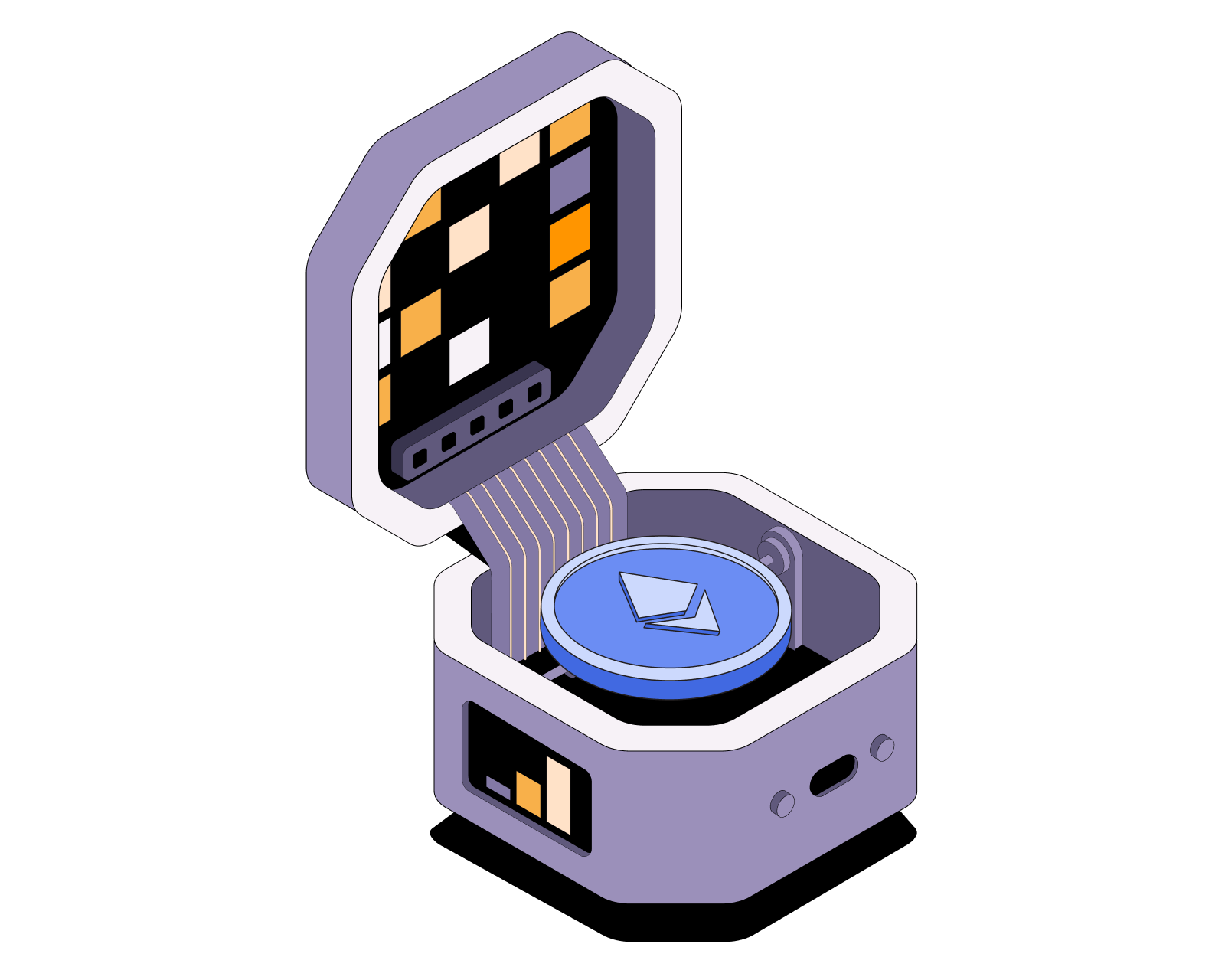

What is Ethereum?
Understand Ethereum's key characteristics.
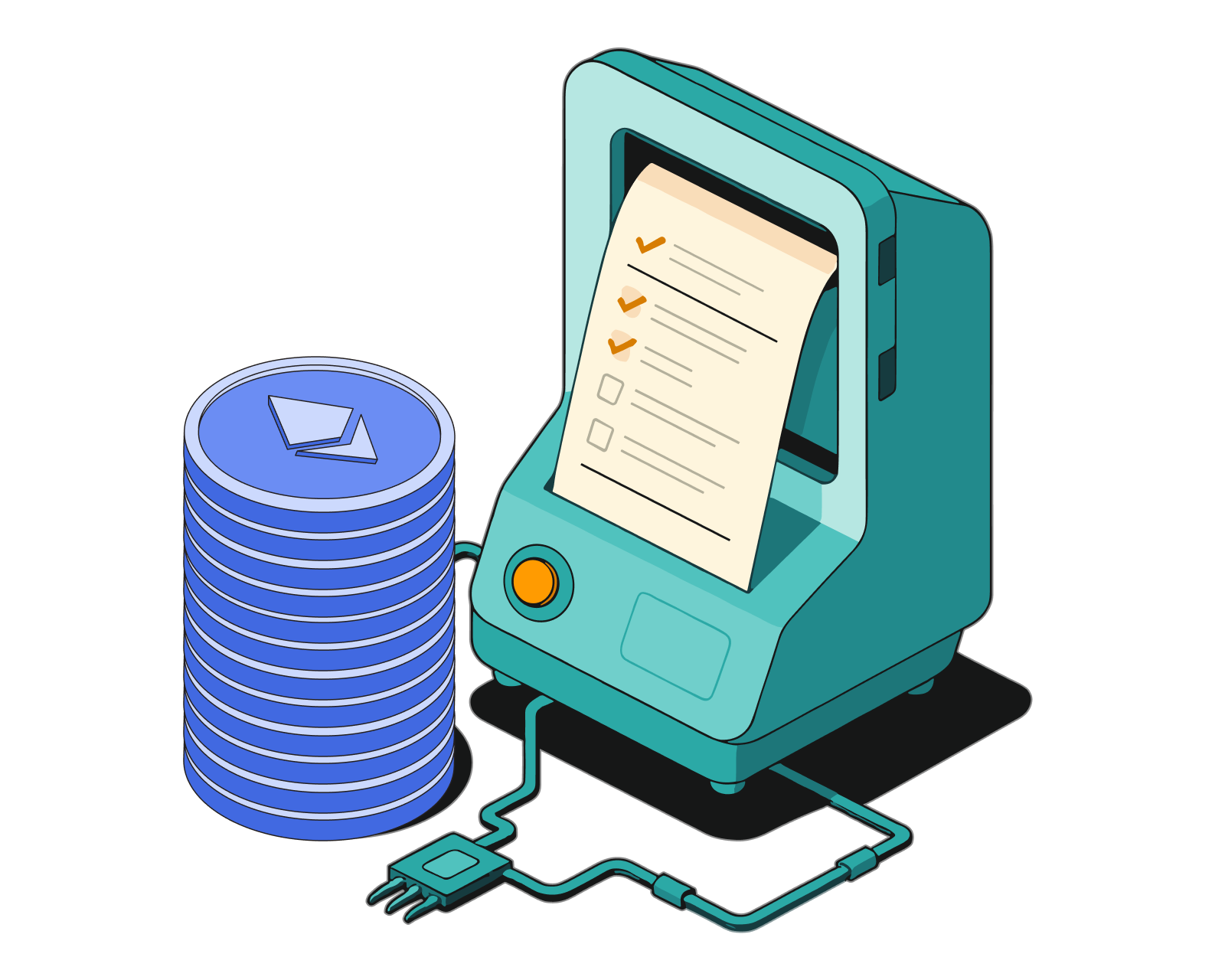
What are ERC-20 tokens?
Learn the basics of the Ethereum token standard, what ERC-20 tokens are used for, and how they work.
Read this article →
What are ERC-20 tokens?
Learn the basics of the Ethereum token standard, what ERC-20 tokens are used for, and how they work.
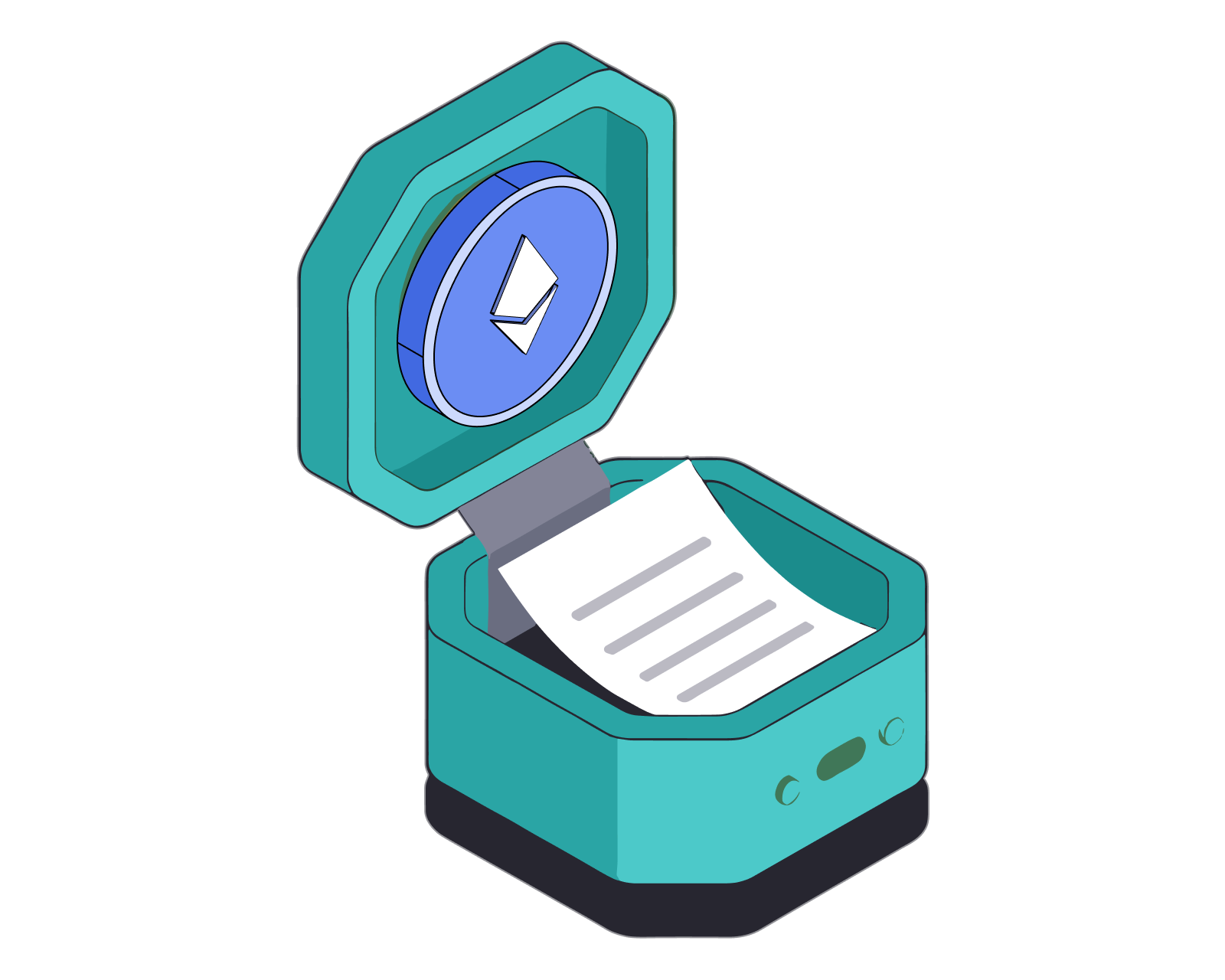
What's a smart contract?
Get the basics on the "software" that runs on decentralized networks.
Read this article →
What's a smart contract?
Get the basics on the "software" that runs on decentralized networks.
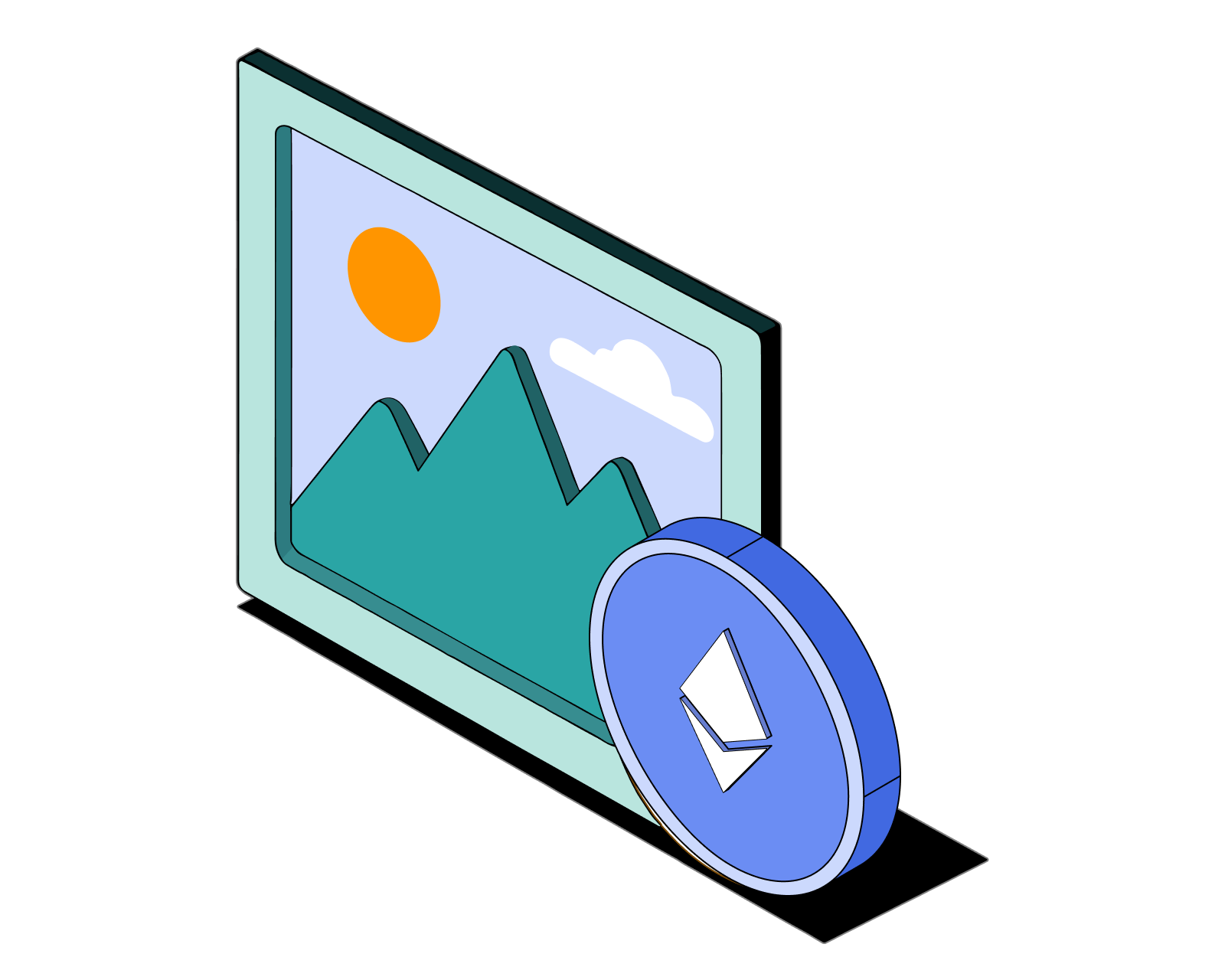
What are NFTs?
Learn about NFTs, how they work, examples of prominent NFTs, and much more.
Read this article →
What are NFTs?
Learn about NFTs, how they work, examples of prominent NFTs, and much more.
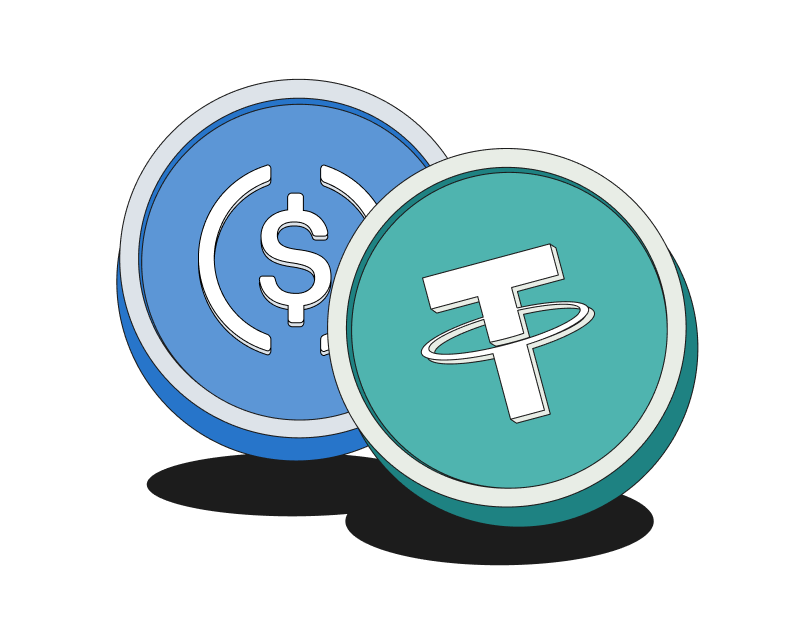
What are stablecoins?
Learn about the key US-dollar crypto 'stablecoins,' how they remain stable, what they're used for, ways to earn interest on them, and where to get them.
Read this article →
What are stablecoins?
Learn about the key US-dollar crypto 'stablecoins,' how they remain stable, what they're used for, ways to earn interest on them, and where to get them.
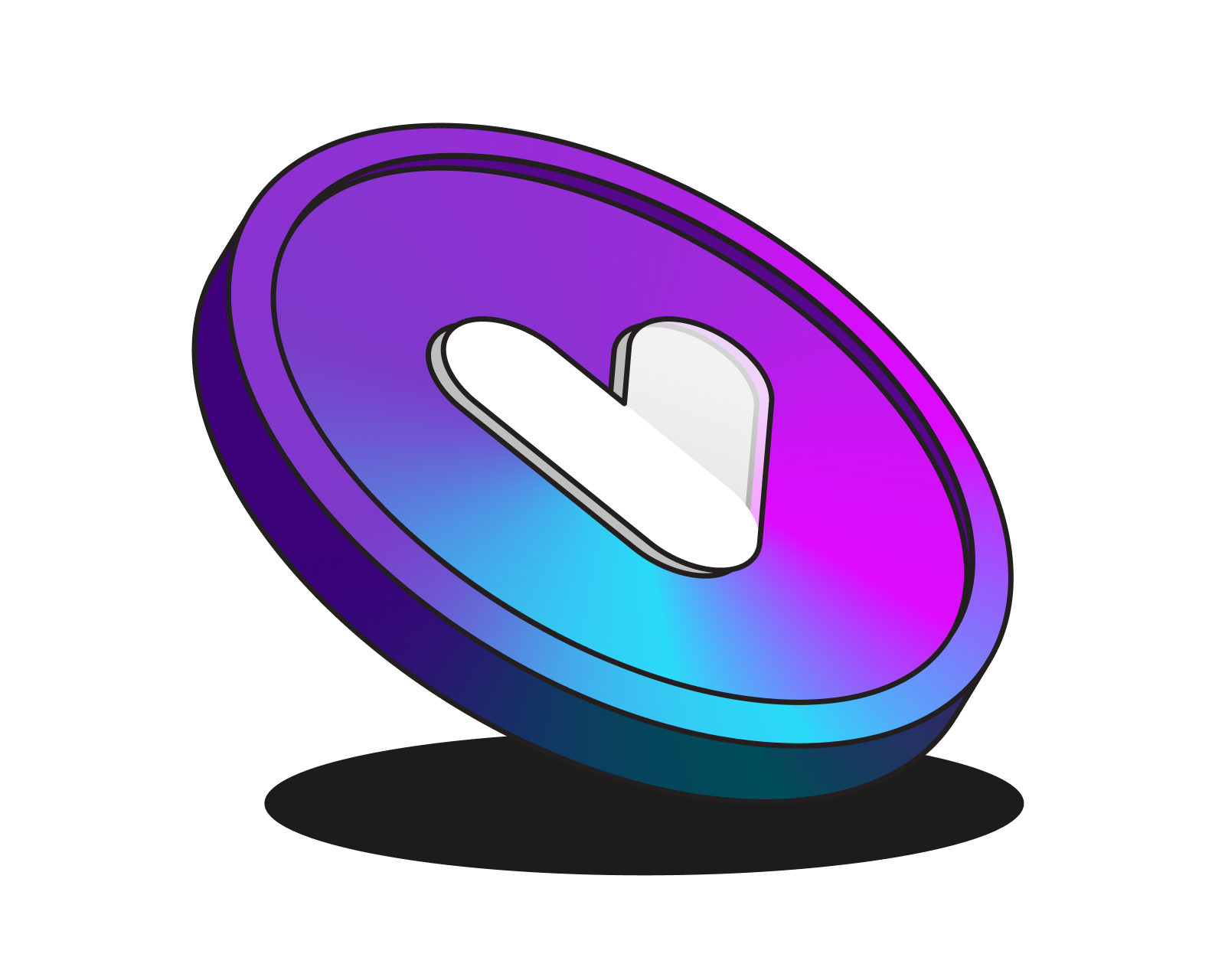
What is Verse?
Learn about Bitcoin.com’s official token, ways to earn it, and how to use it in the Bitcoin.com ecosystem and beyond.
Read this article →
What is Verse?
Learn about Bitcoin.com’s official token, ways to earn it, and how to use it in the Bitcoin.com ecosystem and beyond.
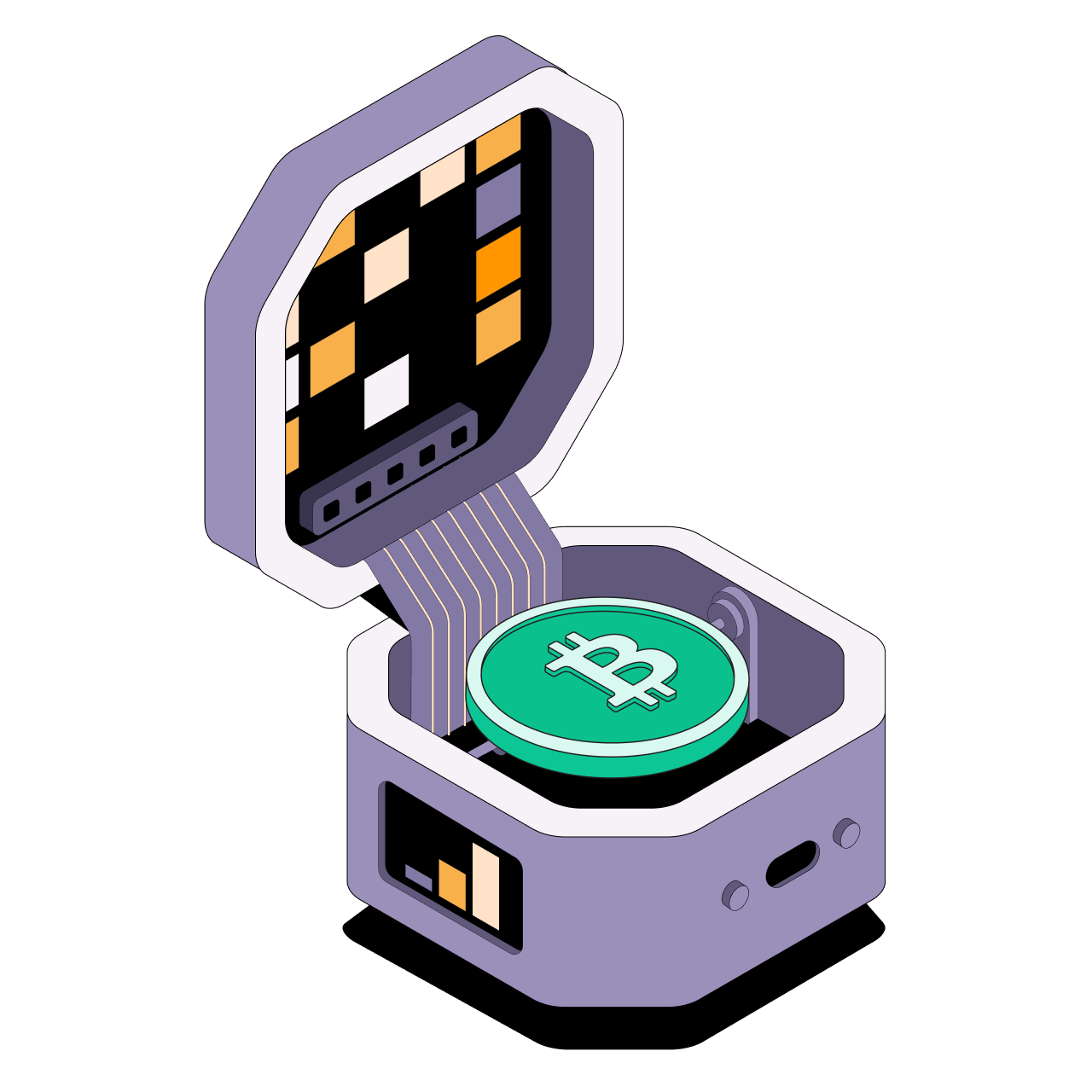
What is Bitcoin Cash?
Bitcoin Cash is a decentralized peer-to-peer electronic cash system that does not rely on any central authority like a government or financial institution.
Read this article →
What is Bitcoin Cash?
Bitcoin Cash is a decentralized peer-to-peer electronic cash system that does not rely on any central authority like a government or financial institution.
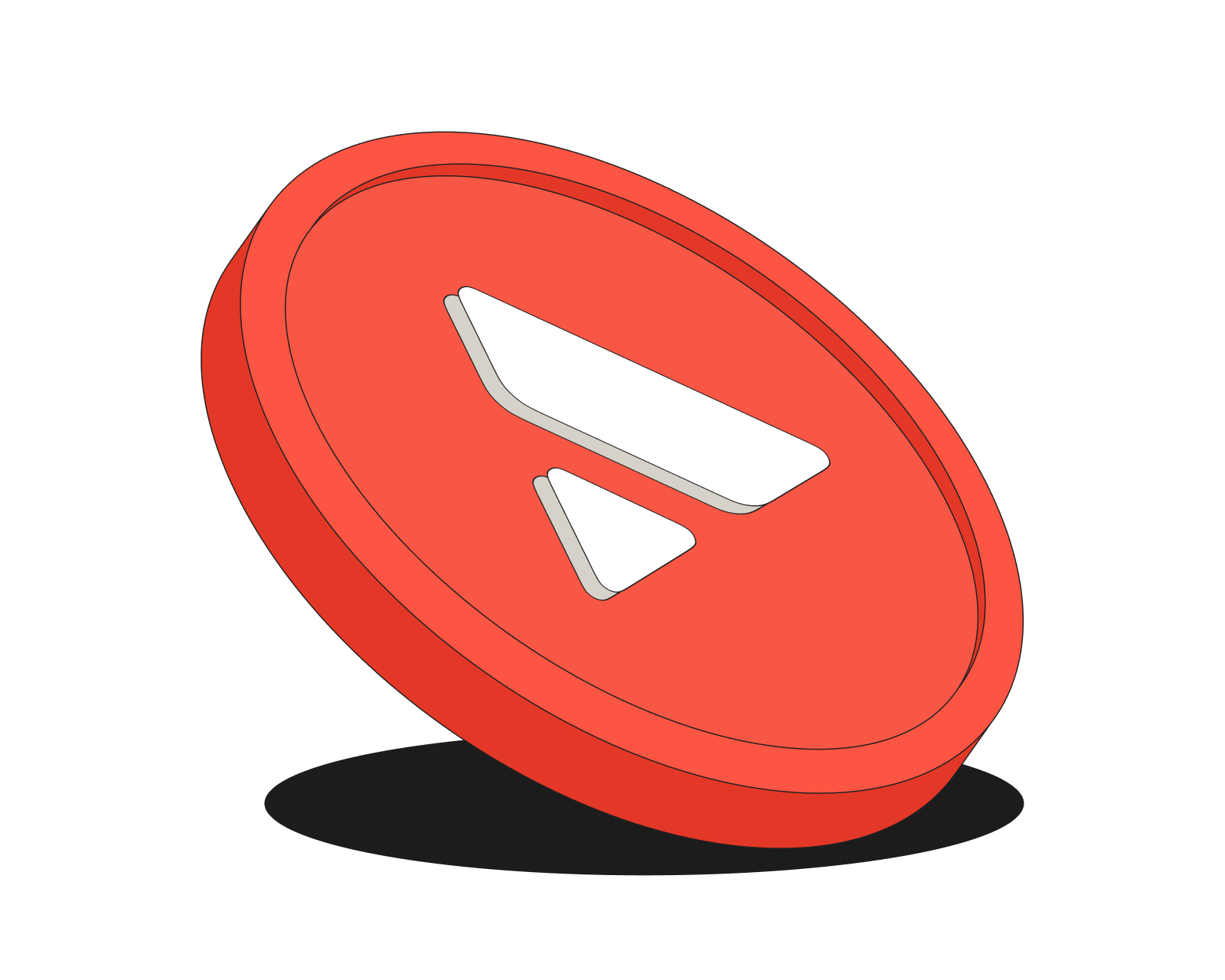

What is Avalanche?
Understand Avalanche's key characteristics.
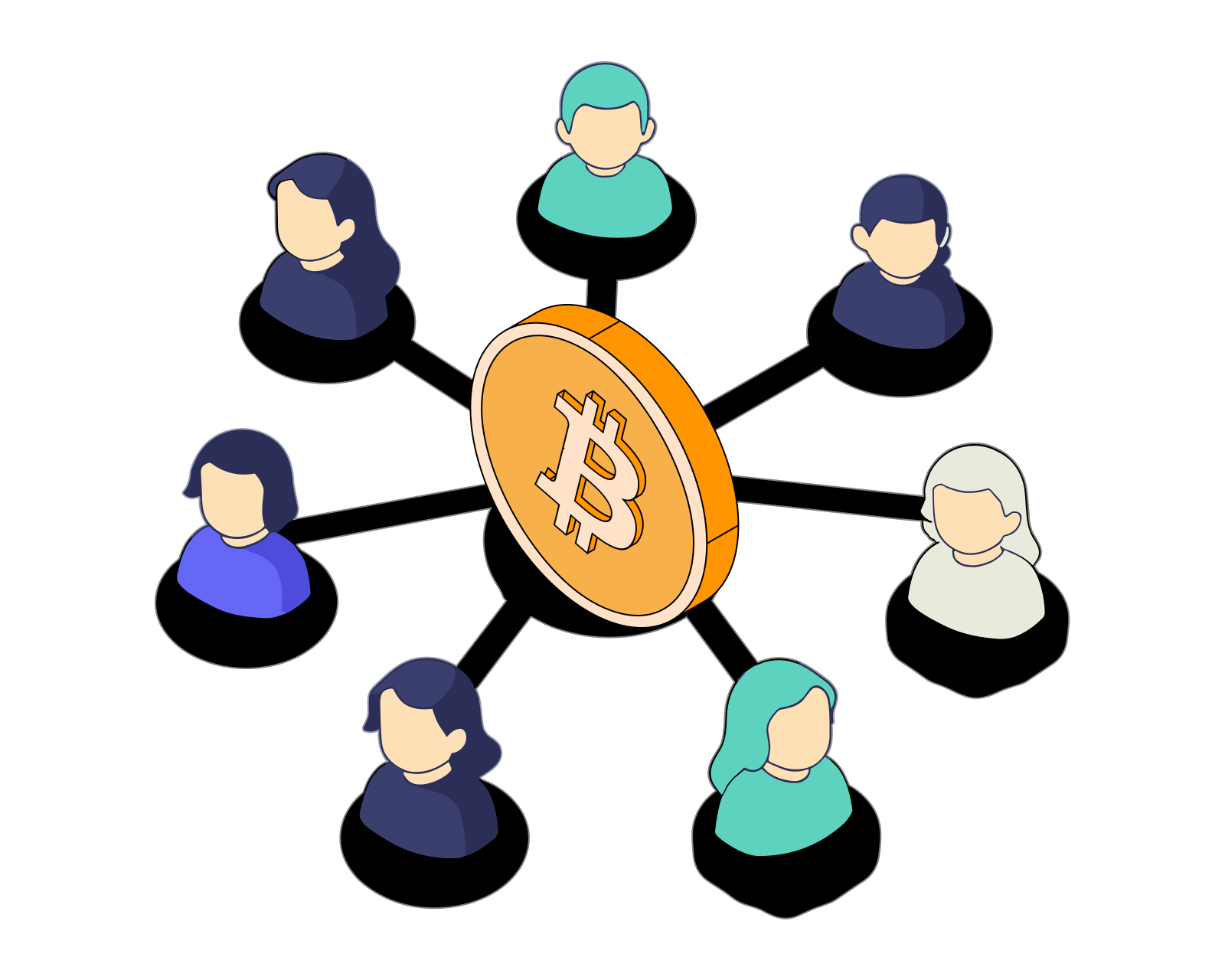

What is a DAO?
Discover what a DAO is, how it works, and more.
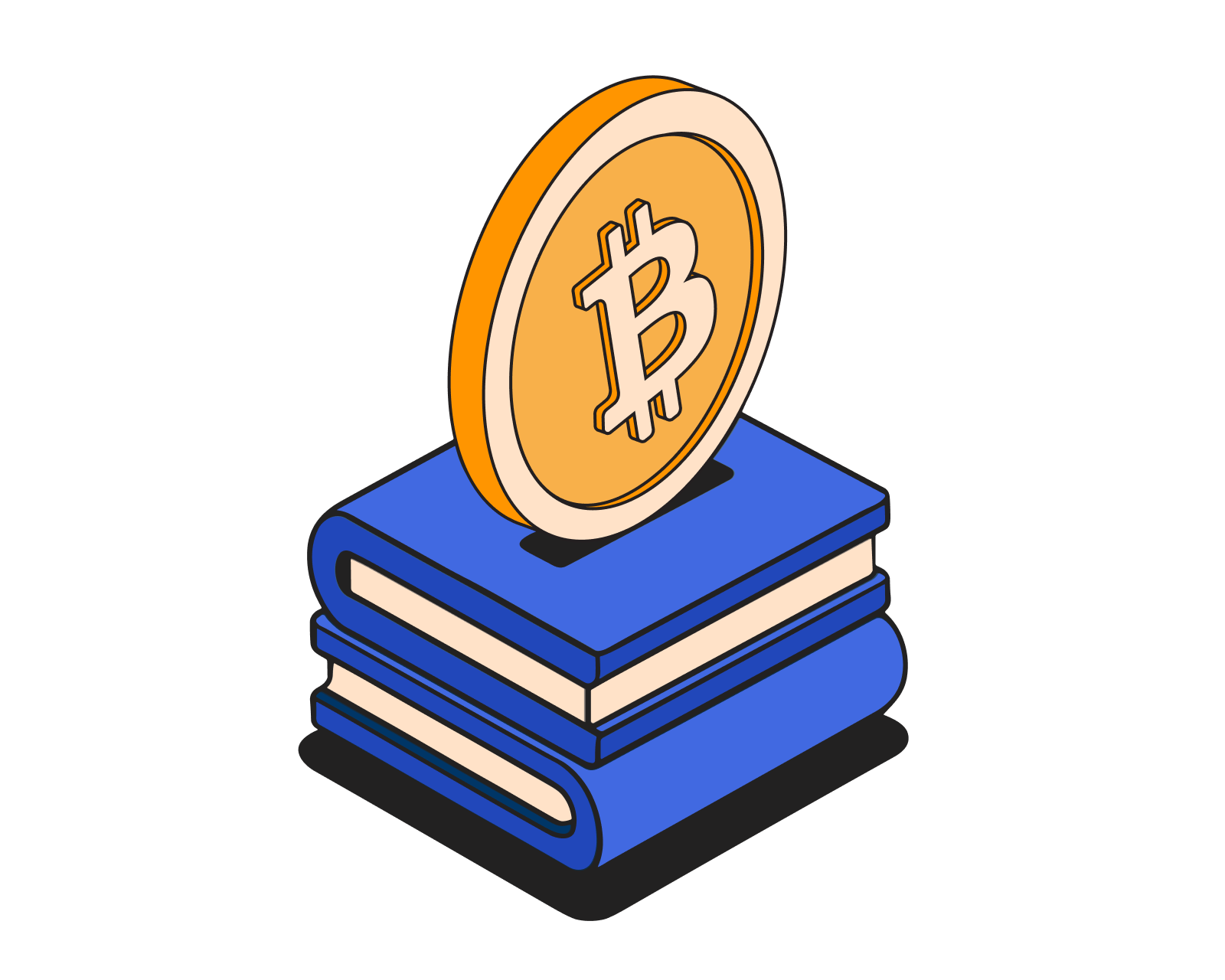
Learn the basics of cryptocurrency
Are you new to cryptocurrency? Get a simple introduction and learn why crypto matters.
Read this article →
Learn the basics of cryptocurrency
Are you new to cryptocurrency? Get a simple introduction and learn why crypto matters.
STAY AHEAD IN CRYPTO
Stay ahead in crypto with our weekly newsletter delivering the insights that matter most
Weekly crypto news, curated for you
Actionable insights and educational tips
Updates on products fueling economic freedom
No spam. Unsubscribe anytime.
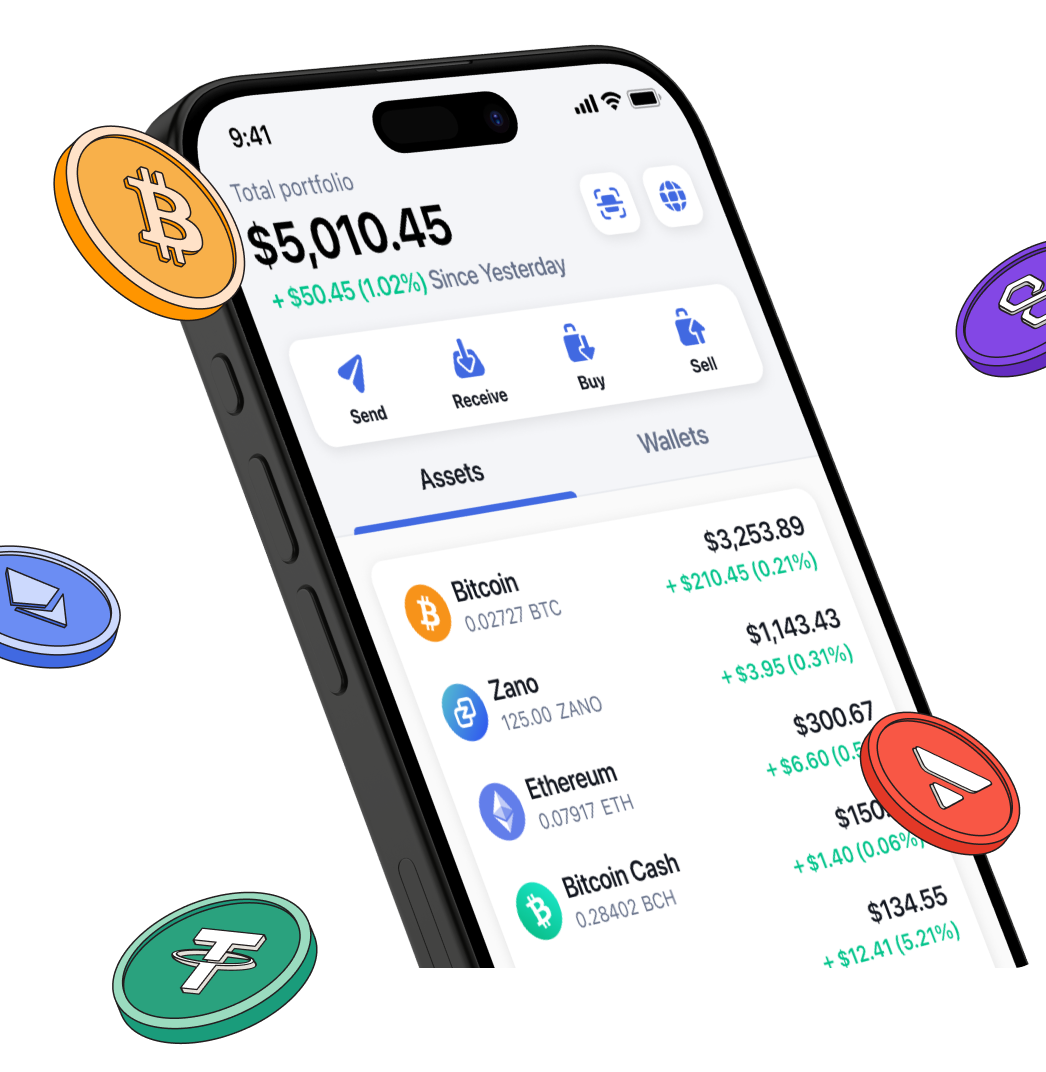
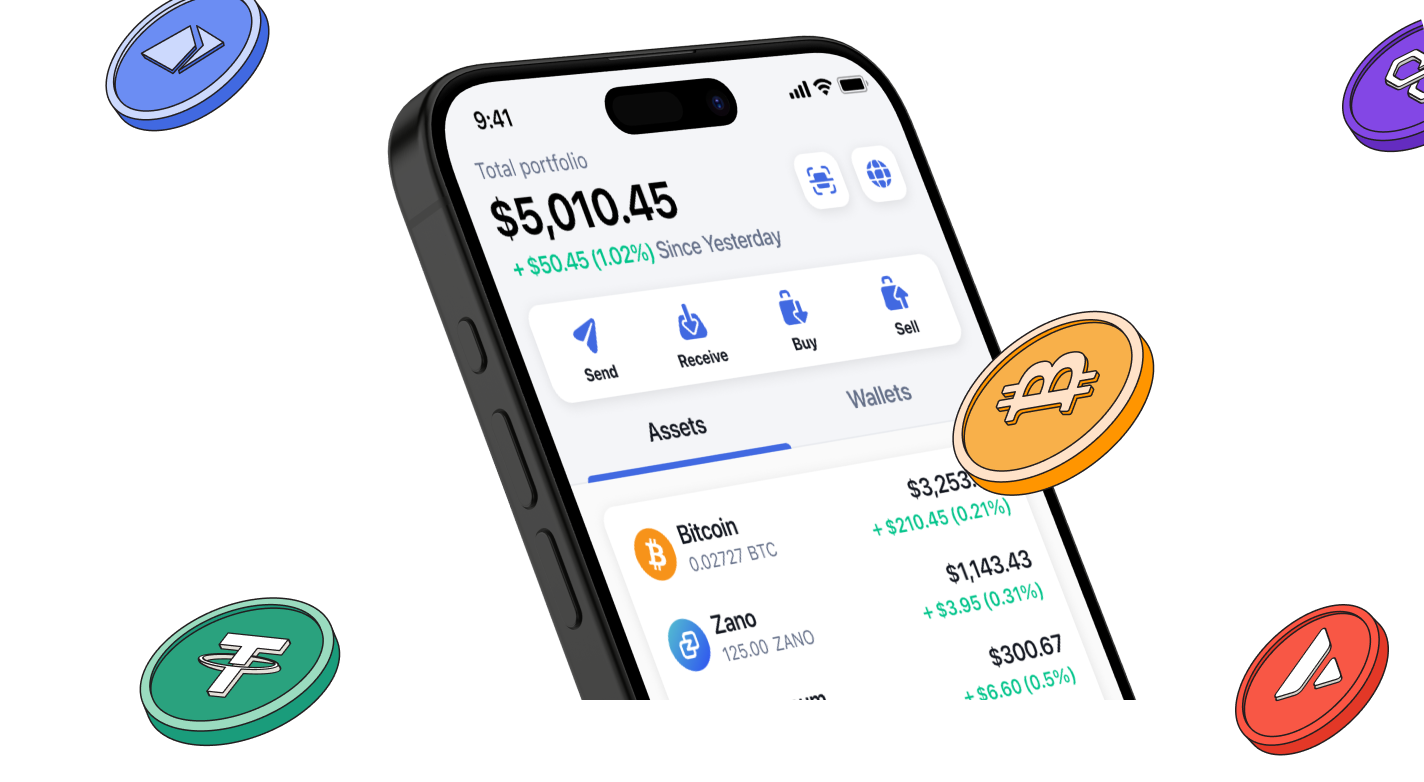
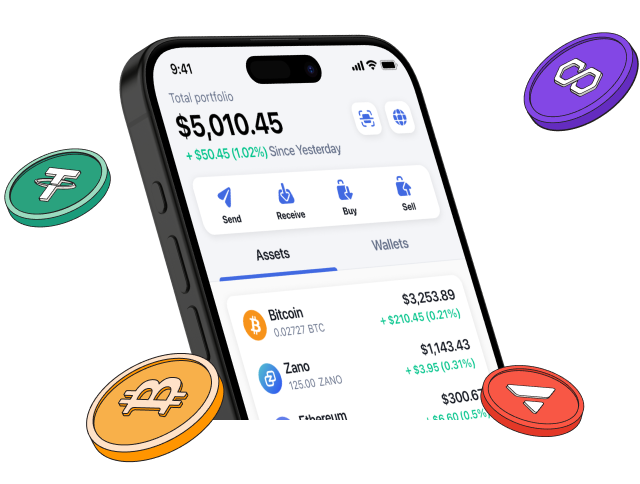
Start investing safely with the Bitcoin.com Wallet
Over wallets created so far
Everything you need to buy, sell, trade, and invest your Bitcoin and cryptocurrency securely

© 2025 Saint Bitts LLC Bitcoin.com. All rights reserved


